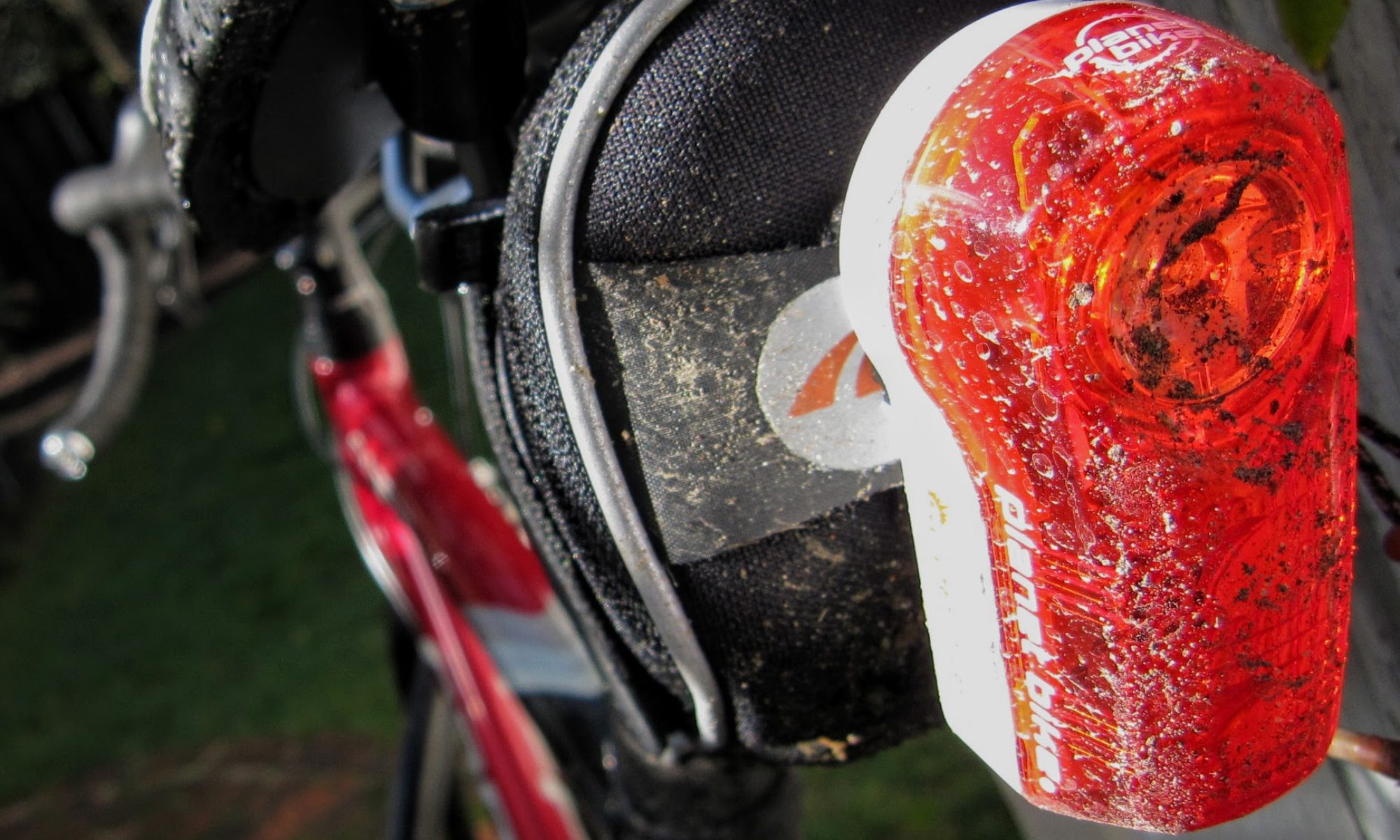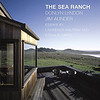Design, Markets, Customer Knowledge
Lessons from Sea Ranch, California
 |
I recently discovered for the first time the many charms of Gualala and the nearby Sea Ranch on the Northern California coast. I found much to my liking, including Maynard Lyndon’s Placewares, Joel Crockett’s Four-eyed Frog Books, the ‘lusty, zaftig soulful food’ of Pangaea, the charming Tree House and of course, the Sea Ranch‘s wonderful synthesis of the built and natural environments.
This beautiful region also brought to mind the tension between ‘good design’ and ‘market appeal’. In both software and residential architecture, what the design professions deem good may only be recognized and appreciated by sufficiently knowledgeable end users. Hence superior ideas risk addressing a smaller market.
For example, among the digerati, Yahoo’s Flickr is recognized as an outstanding example of Web 2.0 software design. But in order to deliver Flickr’s immense power and flexibility as an online photo-sharing service, the UI design dispenses with old, restrictive metaphors, such as albums, in favor of new metaphors which presume greater familiarity with the abstractions of the Web. For those less familiar with the Web, Flickr requires greater effort to understand and use than earlier online photo sharing services.
Similarly, in the architecture profession, the Sea Ranch is heralded as an exceptional example of modern architecture and planning, melding people and the environment in an enlightened manner. To do so, the Sea Ranch allocates much of its land area to permanent, communally-owned open space and imposes strict planning guidelines for continued development. But the Sea Ranch approach to the built environment only appeals to home buyers who perceive the value of relatively esoteric ideas understood by few beyond the design professions.
In comparison to the built environment, the Web fortunately enjoys the advantage of greater maleability and rapid iteration. Thus both designer and end-user may quickly experiment, learn and evolve together. While good novel ideas in architecture may require decades or generations for the real estate market to digest, similarly beneficial ideas in software may only take months or years for the software market to embrace. In either case, progress requires a well-informed market in a position to understand the value of the latest advances.
Tags: web2.0, lyndonwong






